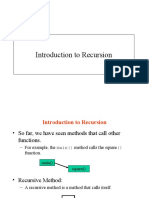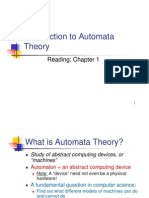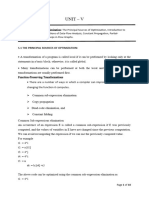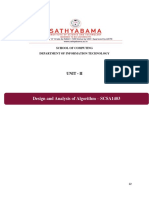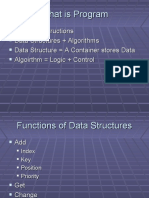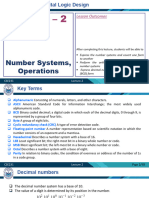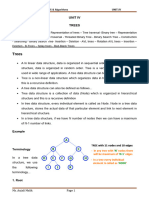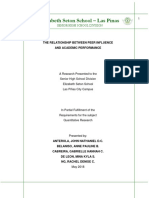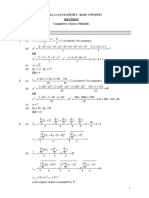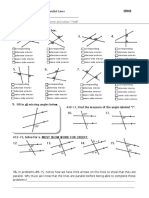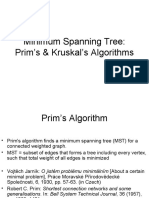0% found this document useful (0 votes)
133 views40 pagesTopic 2: Recursion: Data Structures & Algorithms Analysis
The document discusses recursion, which is a problem-solving technique that breaks a problem down into smaller identical sub-problems until reaching a base case, and provides examples of recursively processing arrays and linked lists as well as tracing recursive methods and designing recursive algorithms. It also covers applications of recursion in areas like artificial intelligence, mathematics, and data structures.
Uploaded by
Lord KoyoCopyright
© © All Rights Reserved
We take content rights seriously. If you suspect this is your content, claim it here.
Available Formats
Download as PDF, TXT or read online on Scribd
0% found this document useful (0 votes)
133 views40 pagesTopic 2: Recursion: Data Structures & Algorithms Analysis
The document discusses recursion, which is a problem-solving technique that breaks a problem down into smaller identical sub-problems until reaching a base case, and provides examples of recursively processing arrays and linked lists as well as tracing recursive methods and designing recursive algorithms. It also covers applications of recursion in areas like artificial intelligence, mathematics, and data structures.
Uploaded by
Lord KoyoCopyright
© © All Rights Reserved
We take content rights seriously. If you suspect this is your content, claim it here.
Available Formats
Download as PDF, TXT or read online on Scribd
/ 40

